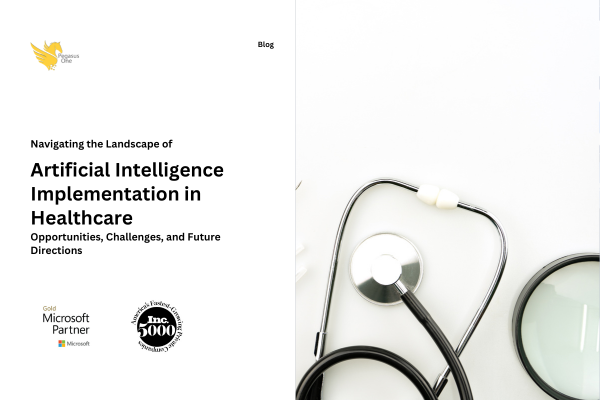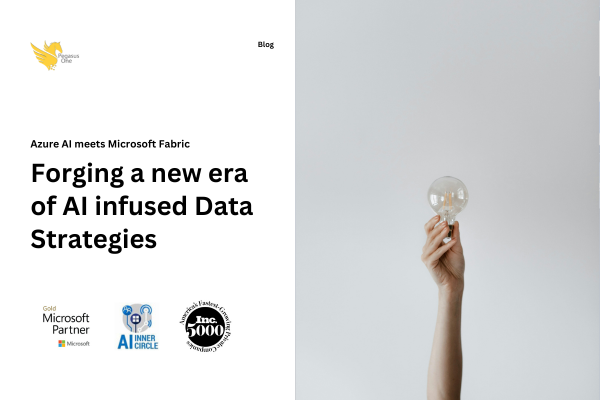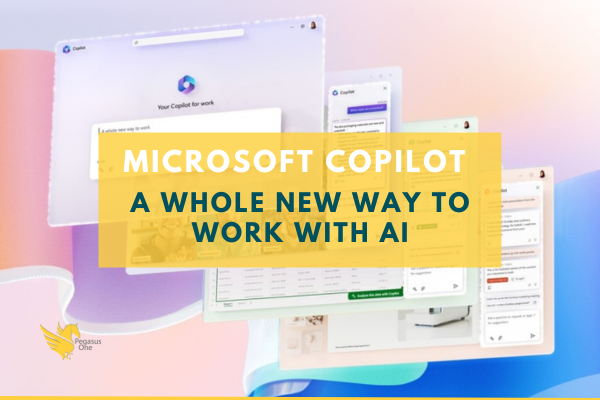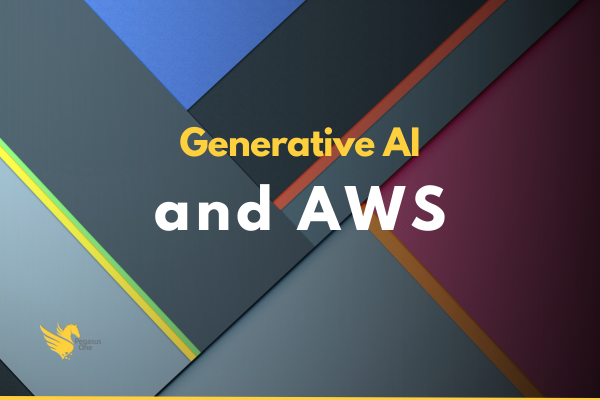How To Improve Customer Service Using AI
In just a few short years, artificial intelligence has come along as a concept to change just about every aspect of our lives for the better – both in ways that are immediately obvious and in terms of those that are less so.
It’s an AI-Powered World – We’re Just Living in It
At its core, the idea behind artificial intelligence is a simple one. It describes computer systems that can essentially be “trained” to “think” and “act” like human beings. Eventually, as they automatically perform a task over and over again, they get “better” at it as time goes on – or at least, more effective.
In our personal lives, AI is everywhere. If you’ve ever ordered anything from an e-commerce retailer using your voice, you have AI to thank. If you’ve ever had a product recommended to you automatically based on your past purchasing history, AI was responsible. If you’ve ever uploaded 10 photos of your spouse to your computer and tagged one, only to have his or her name automatically appear with the other nine, artificial intelligence (coupled with related concepts like machine learning) helped to make that happen.
In truth, artificial intelligence is hardly a new concept. Indeed, we’ve had the theoretical models available for a long time. The success of any AI application depends on a steady stream of quality data and at this point, we’re creating more of it than ever before – both in our personal lives and in our professional ones, too. Flash forward to today, and it is now possible to take this concept to the next level thanks to the massive volumes of data that are being created every day, coupled with the low cost of high-powered computing.
But despite what you may have seen in science fiction films, AI isn’t going to take over the world. We don’t have to worry about a computer-generated uprising just yet. Though automation is now more than possible thanks to advancements in AI, the technology isn’t even coming for your job – as has been reported in the media for years.
No, artificial intelligence isn’t designed to replace human workers. It’s designed to support and empower them. It aims to put the tools they need in the palm of their hand to work “smarter, not harder” on a daily basis and it’s going to do it a lot sooner than you think. Perhaps the best example of this level of disruption involves customer service – a critical area in the life of any business that is being improved exponentially thanks to the major benefits that only AI can bring with it.
AI and Customer Service: Breaking Things Down
Regardless of the type of business you’re running or even the industry you’re operating in, the goal of your customer service department is to solve customer concerns as quickly as humanly possible. At the same time, you need to do so within the context of the bigger picture. If you can uncover trends in the types of issues your customers are experiencing or patterns that crop up time and again, you can take steps to avoid them – thus creating a better experience for those customers across the board.
Both of these are areas where AI services have a chance to truly shine.
In a customer service context, AI makes it easier to extract valuable insight from the huge volumes of data being created in your average call center, for example. This, in turn, empowers your business – and the humans who work there – with the predictive intelligence they need to drive increased customer satisfaction moving forward.
This happens in a wide range of ways, including ones like:
- Increased deflection, which gives way to reduced handle times. AI-powered customer service “chat bots,” for example, can resolve routine customer requests WITHOUT requiring the interaction of a live agent. Those live agents then have more free time in their day to focus on the matters that really need them.
- Increased agent productivity. Speaking of agents, AI can give human employees in-context suggestions based on whatever issue they’re trying to resolve at the moment. This helps them do what they do best – help your customers – only faster and more efficiently than ever before.
- Rapid deployment and time-to-value. Many of the types of pre-packaged solutions that we’re talking about are known for their swift implementation and their native integration with the ERP software you’re likely already using. This makes adding AI to your existing service channels a breeze – all by way of a user interface that is as easy-to-use as it is intuitive.
Those benefits come by way of a number of distinct tools, all of which are powered and enabled by AI. Chat bots we’ve covered – which can also collect qualified customer information and seamlessly hand off a customer to the right agent, in addition to resolving top customer issues in the first place.
Just a few of the other tools now available in a customer service environment include:
- Predictive analytics, which helps managers take decisive action using predictive service KPIs. In other words, analytics allow you to dive beneath the data to uncover the story hidden inside. That makes sure company leaders always have the information they need to make the right decision at exactly the right time.
- Language analysis, which brings the power of deep learning to developers. AI tools can tell whether someone’s tone is positive, neutral or negative – thus bringing a necessary context to a situation that allows for a better resolution.
- Optical intelligence features, which can automate things like image classification. Just by taking a picture of an object, for example, AI can identify what it is. It can identify what’s wrong. It can also provide all of this information to an agent, boosting first-time fix rates for technicians in the field.
But the best part of all is that many of these advancements are ONLY going to get more effective as time goes on. When you think about just how far we’ve come with AI and customer service in even just the last ten years, it’s truly exciting to think about what the next ten has in store for us all.













